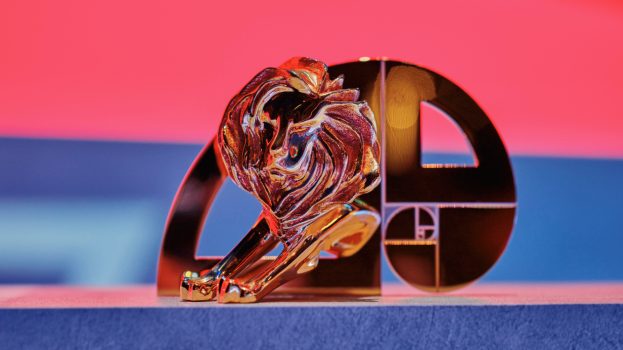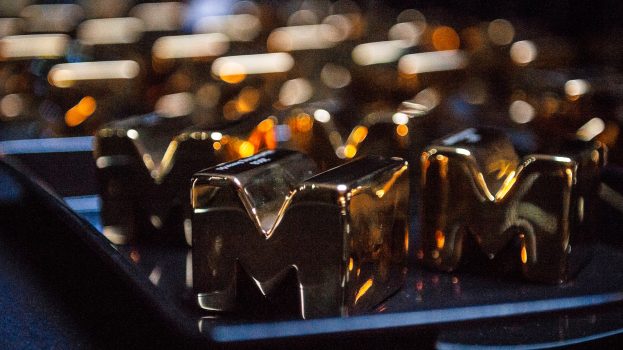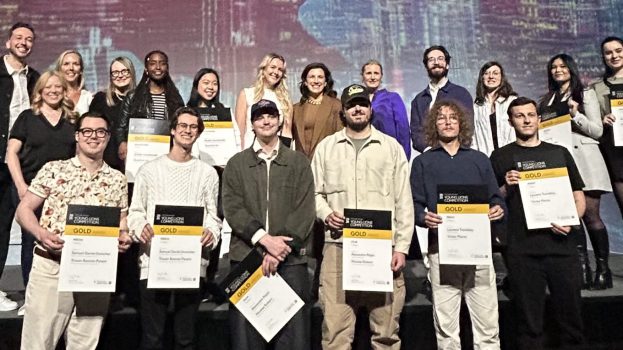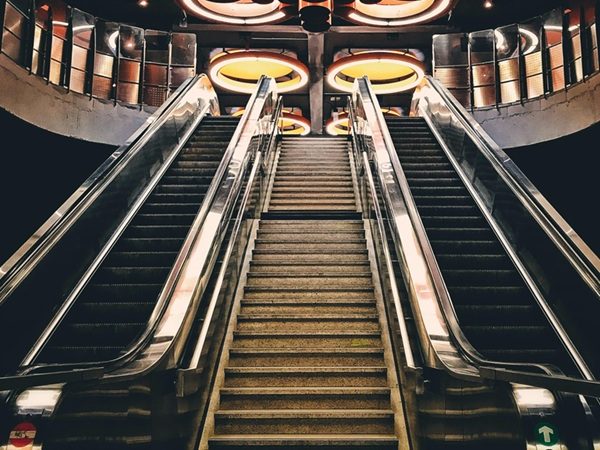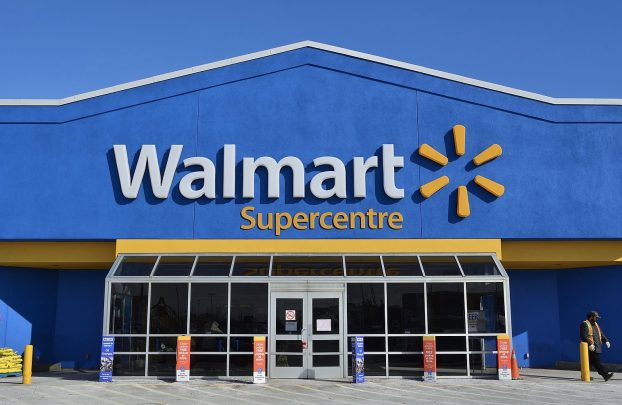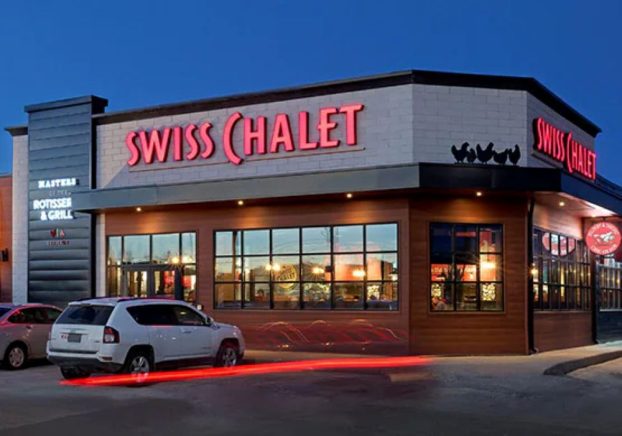
This article appears in the March/April 2019 issue of Strategy.
The Wins: McDonald’s “The Flip” by DDB
Gold AToMiC Diversity; Bronze Engagement
The case for equality and inclusiveness has long been made. A diverse business is good for business. Marketers at McDonald’s, Uniqlo and Whirlpool have caught onto this, running inclusive campaigns that foster a sense of belonging for both American women and Canadian minorities.
In the U.S., men are 30% more likely to be promoted to managerial positions. At McDonald’s, however, 60% of U.S. managers are women. The statistic speaks volumes about the progressiveness of the company, which it set out to demonstrate in the public eye with a campaign that flipped the iconic McDonald’s Golden Arches from “M” to “W” across 100 female-owned locations.
It all took place on March 8, International Women’s Day, when roadside marquees, signage, digital menu boards, packaging, crew uniforms, and even McDonald’s digital and social channels showcased “The Flip.” The campaign, by DDB, also highlighted stories from some of the female figures at the company in a doc-style film and the brand tracked 1.6 billion global impressions.
Giving new Canadians a helping hand
The Win: Uniqlo’s “The Welcome Store” by Rethink
Bronze Diversity; Bronze Experiential Engagement
Closer to home in Toronto, Uniqlo looked to build relevance with “The Welcome Store,” a pop-up that tested Canadians reputation for being generous and inclusive. Having just arrived in Canada, Uniqlo wanted to see if the nation was made up of people who would give someone (in this case, an immigrant) the shirt off their back. The fashion retailer focused on one of its most popular garments (and Canada’s unofficial uniform), a flannel shirt. Working with Rethink, the brand opened a completely empty store, and left Canadians to fill it up. Every visitor received a Uniqlo flannel shirt and one choice: they could keep the shirt, or hang it up on the wall for a new Canadian.
An impressive 97% of visitors decided to give up their shirt to be donated to a new immigrant, an experience that was filmed for a video online. Flannel shirts were also sent to local influencers, which helped add to the campaign’s tally of 14 million impressions and 1.4 million video views.
Cooking up a way to say thanks

And when Whirlpool wanted to show how it helps families and multicultural communities thrive, the brand looked to tell the story of a Sama, the daughter of a Syrian refugee family.
 Research showed that many Canadians were committing extraordinary acts of care to welcome Syrian refugees fleeing from conflict. So the brand worked with Zulu Alpha Kilo to create a documentary that tapped into all the positive things Canadians were doing to help refugees by showing Sama and her mother returning the favour by preparing traditional Syrian lunches for her classmates. Targeting young parents, the “Sama’s Lunchbox” made the connection between sharing home-cooked meals (which were made using Whirlpool appliances) and a broader sense of community. The film tracked more than 2.7 million views, and people who saw the video said they were 12% more likely to perceive Whirlpool as “providing the best care.”
Research showed that many Canadians were committing extraordinary acts of care to welcome Syrian refugees fleeing from conflict. So the brand worked with Zulu Alpha Kilo to create a documentary that tapped into all the positive things Canadians were doing to help refugees by showing Sama and her mother returning the favour by preparing traditional Syrian lunches for her classmates. Targeting young parents, the “Sama’s Lunchbox” made the connection between sharing home-cooked meals (which were made using Whirlpool appliances) and a broader sense of community. The film tracked more than 2.7 million views, and people who saw the video said they were 12% more likely to perceive Whirlpool as “providing the best care.”
An all-inclusive tool

The Wins: PFLAG Canada’s “Destination Pride” by FCB/Six
Gold Diversity; Gold AToMiC Engagement; Gold AToMiC Idea; Silver AToMiC Social; Silver Best Digital Engagement; Bronze Tech
The Pride flag has always been a symbol of safety and openness. But the truth is that not everyone is fortunate enough to feel welcome in a country. The global LGBTQ+ community struggles for equality plays out across a country’s laws, rights and cultural landscape. What’s legal in one place is punishable somewhere else.
PFLAG Canada wanted people to see the world as it is. So it worked with FCB/Six to create “Destination Pride,” a data-driven platform that helps LGBTQ+ travellers navigate the world using a simple bar graph of the iconic flag.
A hyper-targeted approach drove users to the site from 156 of the world’s 195 countries. Destination Pride was the most shared and discussed communications platform in PFLAG’s history, with the data visualizations even being invited to hang in London’s Design Museum.


